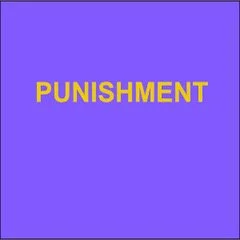By Caroline Mary Parker and Julienne Weegels
The punitive turn in crime control has radically altered the shape and meaning of citizenship across the Americas. Imprisonment, compulsory drug rehabilitation, and alternative forms of penal control have multiplied, circumscribing citizens’ options for social and political participation while also leading to striking new modes of social, political, and economic membership across the region. While criminalization is ordinarily viewed as something that threatens ‘full’ citizenship, this special collection explores the new and differentiated kinds of political, economic, and social belonging being devised by the region’s criminalized men and women. In paying close attention to how penal power and its subversion articulate with existing stratifications of citizenship, we illuminate how distinct kinds of carceral citizenship are emerging in various locales across Latin America and the Caribbean. In this article, we also introduce the other contributions to this Special Collection. Keywords: Imprisonment, carceral citizenship, criminalization, Latin America, Caribbean.
EUROPEAN REVIEW OF LATIN AMERICAN AND CARIBBEAN STUDIES REVISTA EUROPEA DE ESTUDIOS LATINOAMERICANOS Y DEL CARIBE No. 116 (2023): July-December, pp. 69-85





